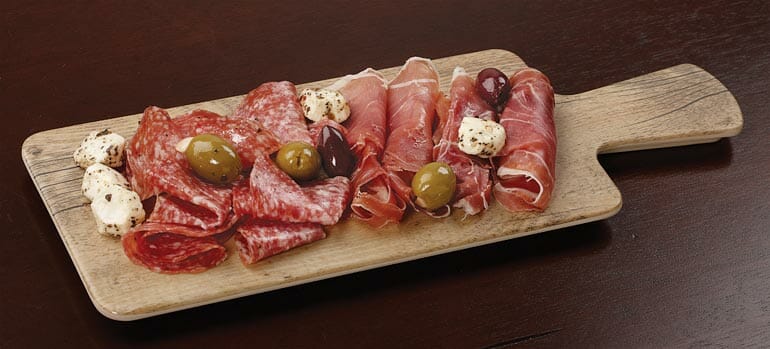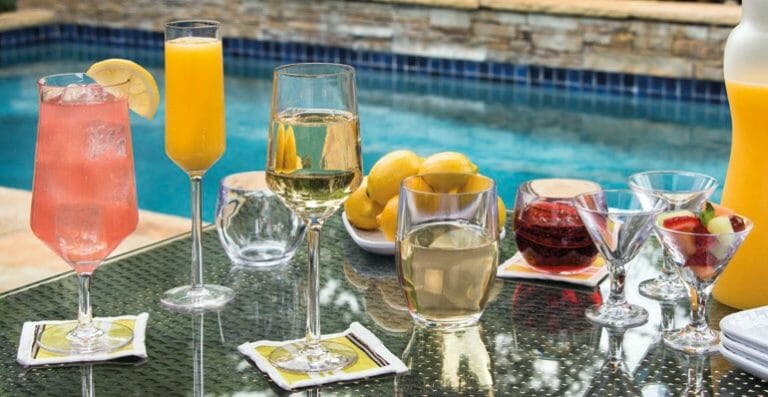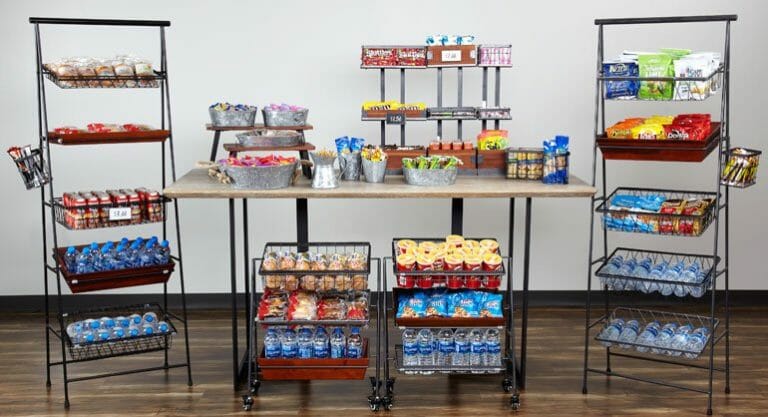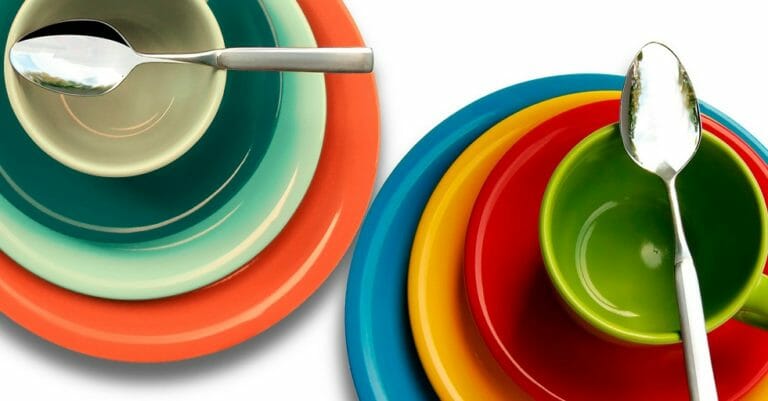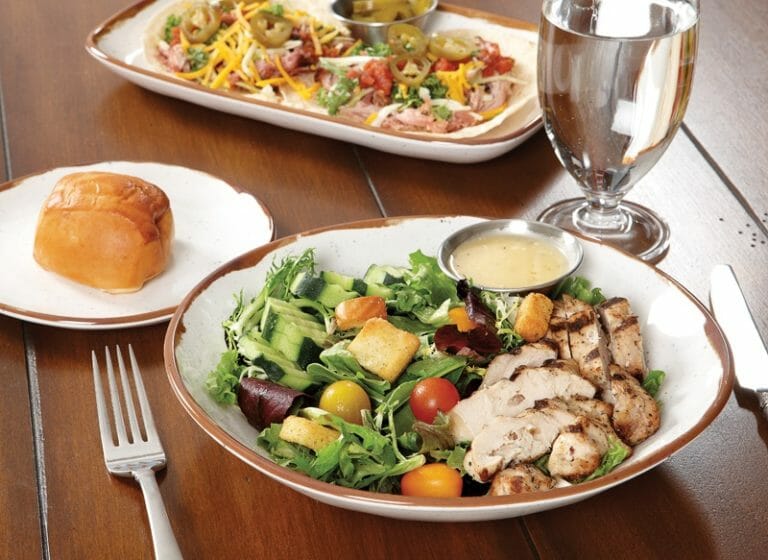How (and Why) to Sell Your Foodservice Clients on Faux Wood Serving Trays
Part of being a savvy salesperson is keeping an eye on trends. If you sell in the foodservice space, you have undoubtedly noticed a recent surge in the popularity of wooden boards used as serving trays. Here at G.E.T., we’ve even seen charcuterie suspended from wooden clothespins.
We get it. Wood is beautiful yet edgy and seemingly everybody wants in on the action, from family buffet restaurants to James Beard winners. But wood has a lot of problems. Especially in foodservice settings.
From being tremendously difficult to sanitize to having the shortest service life of almost any other material in foodservice, using wood as dinnerware can present some serious challenges for your foodservice clients.
By recommending faux wood, you can help your clients achieve the look they want while smartly avoiding the difficulties that come along with the real deal. And in doing so, you get to be the hero in your clients’ eyes.
The Wood Trend in Restaurants
 Featured: Granvilleª faux wood display with foot and handle
Featured: Granvilleª faux wood display with foot and handle
People love, even crave, the authenticity that real wood offers.
It’s craftsman-esque. Rustic. Warm. Natural. It seems to possess all the cozy feelings many foodservice operators wish to impart on their guests.
Achieving any one of these emotional connections, let alone all of them, represents a win for your foodservice clients because that’s what will keep their guests coming back for more. Of course your clients want to incorporate wood into their service models.
However, for a handful of reasons, many of your clients either can’t or won’t bring real wood on board. We’re going to tell you why that is and how offering them a faux wood option can wonderfully turn things around for them.
Why Real Wood is so Tricky in Foodservice
 Featured: Granville faux oak wood cutting boards paired with faux slate boards
Featured: Granville faux oak wood cutting boards paired with faux slate boards
Despite the beautiful aesthetic, using real wood in a foodservice setting comes with a host of problems. Some areas of concern are simply expense-related, but many of them are genuine safety hazards:
- Wood is expensive because it’s difficult to mass produce in most cases â a tree literally has to grow before a wooden serving board can be made
- Adding insult to injury, it has the shortest service life out of almost any common foodservice material, which means operators have to replace these expensive pieces quite often
- Its service life is short because wood warps when it’s wet, which means it won’t stand up well to washing of any kind â by hand or machine
- Thoroughly sanitizing wood is incredibly difficult, which means bacteria become a problem
- Wood is naturally porous, so bacteria can grow on the surface and deep within the grain
- Small divots created by knife scratches also harbor bacteria because spaces that small are difficult to adequately access for sanitation
- Due to the prevalence of bacteria on and in real wood, many local boards of health don’t allow for wood to be used as servingware
- NSF International only certifies wood for cutting board use, and even then, it has to meet a litany of other restrictions to pass certification
- Many wooden boards are heavy, which means they’re more at risk of being dropped and hurting a guest or server
- Perhaps not as jarring, but definitely annoying, wood can give you splinters
Of course your clients want to avoid these issues. That’s where faux wood comes into the picture.
Why Faux Wood Solves for These Problems
 Featured: Granvilleª small round faux oak round display with foot and handle
Featured: Granvilleª small round faux oak round display with foot and handle
While faux wood is obviously meant to imitate its real counterpart, it may as well be your silver bullet, too. Everything that real wood does poorly, faux wood does well. Everything that real wood does well, faux wood also does well.
Made from melamine, faux wood perfectly imitates the look of real wood. It creates beautiful presentations that evoke all the same emotional connections your clients know are so important to a well-crafted dining experience.
{{cta(’32f94e13-b78c-4c95-8f9c-5ed392f1793a’)}}
Further, your clients will benefit from faux wood because:
- Most melamine dinnerware has a friendly enough price point that the majority of operators aren’t priced out, which means you can sell to more segments than real wood
- Melamine is durable and has one of the best service lifespans of common foodservice materials, so your clients can save money because they’ll only need to budget for replacing about 10%-20% of their inventory annually
- Faux wood boards made from melamine are dishwasher-safe and generally easy to take care of, which means your clients won’t need to make any major operational changes to keep them clean
- Forget about bacteria growth if you buy faux wood boards from G.E.T. because every piece of melamine we have is certified through NSF International, which means you can count on food-safe design features, pure raw materials, and many other sanitary benefits
- Faux wood boards made from melamine are exponentially lighter than other wooden serving pieces, reducing the potential for injuries/workman’s comp, and relieving some strain on your clients’ hard-working employees
- And yes, no splinters with melamine, either
 Featured: Faux wood large round display with foot and handle
Featured: Faux wood large round display with foot and handle
When your clients create eye-catching presentations, they can typically charge a bit more for each plate. Sure, they can do this with real wood. However, because that material is so expensive, they’re likely to only offset the cost of using real wood, so not much of the price increase will hit their bottom line. With melamine faux wood boards, though, they can still charge a bit more and put a larger percent of that price increase toward their bottom line because melamine is so much less expensive than real wood.

Which Segments of Your Foodservice Clients Will Benefit from Faux Wood the Most?
Now is the perfect time to pitch faux wood to your foodservice clients because:
- It’s a solid trend that’s not going anywhere and you can help your clients stay current and relevant
- Many of your clients will celebrate holidays throughout the year and faux wooden boards are perfect for tray passing and large groups
- Your clients’ food is going to end up on social media regardless of whether they want it to or not, so selling them on faux wood will help them shine online
So, who should you tap?
Cafes, Fast-Casual and Casual Restaurants Run by Independents, and Regional and National Chains
 Featured: Granvilleª faux wood melamine serving tray with foot, ridge, and handle
Featured: Granvilleª faux wood melamine serving tray with foot, ridge, and handle
- Faux wood boards are perfect for burger and fries, appetizers, desserts, tapas, quiches, flatbreads, tacos, and more
- Creates the brilliant presentation and authentic tone that your clients’ guests will immediately associate with homey, scratch-made recipes
- The slightly raised rim around our faux wood boards keep food in place
Caterers
 Featured: Granvilleª faux wood serving boards with catered desserts
Featured: Granvilleª faux wood serving boards with catered desserts
- Can create beautiful presentations that fit a range of décor themes and levels of formality because the wood look is so versatile
- Caterers will love the lightweight option because it’s much easier to schlep around to offsite events
- Plenty of room to display small bites, hors d’oeuvres, and charcuterie
- The handle makes it easy for servers to walk around with appetizers during the cocktail portion of a gathering, or for guests to pass around a table if they’re seated
- Faux wood boards made from melamine can easily be used outside without fear of warping due to humidity or rain
Hotels, Colleges & Universities, and Business & Industry Campus Dining
 Featured: Granvilleª fake wood cutting boards for taco service
Featured: Granvilleª fake wood cutting boards for taco service
- These segments can benefit from similar features that restaurants and caterers do for their onsite foodservice
Fortunately for you, this leaves the door wide open to sell faux wood to the majority of your foodservice clients. Armed with this knowledge, you can do a lot of good for these guys. To help you make this foodservice world a more beautiful, bacteria-free place, you can:
- Try a sample so you and your clients can see in person just how gorgeous faux wood can be, and to feel that it’s very lightweight, but still substantial
- Download this flyer with specific product information â including options for popular faux slate as well â to make it easier for your clients to find what they like best, and for you to close the deal
When you buy from G.E.T., you can rest assured that we’ll stand behind our product and be there to help you every step of the way, even for post-sale questions and support. You can sell with confidence because our orders typically ship within 24 hours from our fully stocked warehouse. Additionally, each melamine product we carry receives NSF-certification.
If you have any questions, you can reach us at [email protected] or (800) 727-4500.
Check out the dealer-specific section of our blog for more creative ways to sell our products so you can maximize your commission. With G.E.T. behind you, no one can stop your momentum!
{{cta(‘8d97949d-5da3-4d20-be7d-c81134328a61’)}}

